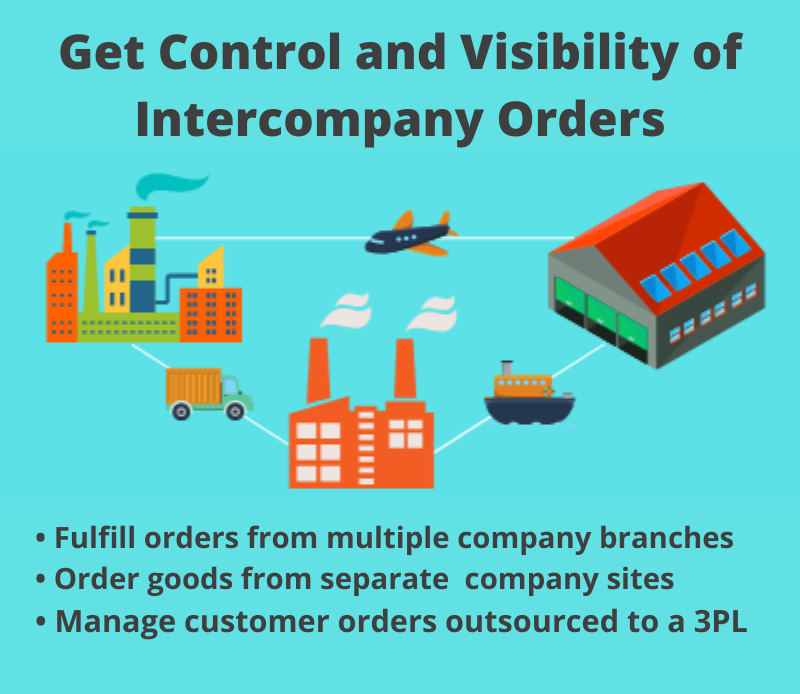by Don Lindsey
Production Orders, introduced to QAD in the 2016 EE version, take on the functionality of Work Orders, Advanced Repetitive, Flow Scheduling, and Master Schedule Work Orders and combines these into a new set of functions that simplify and enhance the process of manufacturing.
QAD’s primary object for introducing the Production Order functionality is to…
- Simplify production.
- Provide one production flow to support mixed-mode manufacturing.
- Eliminate redundancy, differences, and gaps between production modes.
- Streamline implementation and configuration.
- Enhance capabilities for the authorization of orders, allocations, picking, and the management of production materials.
Benefits of Production Orders
The Production Orders solution provides better control of material supplies management, issue materials timing, and ahead-of-time preparations. Plus, it gives you flexibility in what is issued regardless of production mode.
APIs are rationalized and optimized to ensure improved performance.
Production Orders offers easier management of the variations in the ways you work related to product types, batch sizes of production, and more.
Production Orders enhancement to QAD Planning and Scheduling Workbench (MSW/PSW) give you a better user experience and more information to make timely decisions for manufacturing.
Functions in Production Orders are simplified and available across all modes, making implementations or changes in processes easier over time. Using Production Orders removes those trade-off decisions due to limitations of separate functions for Work Orders, Repetitive, etc., and gives you the freedom to make discrete versus repetitive choices based on business needs only.
Production Orders provide for extended capabilities, faster, more accurate product tracking and traceability, and improved productivity and efficiency for both direct and indirect resources.
Production Orders give you greater control over material and product availability and a more appropriate and timely response to change.
Additional Improvements:
- Complete visibility of orders, capacity, and materials
- Improved navigation
- Flexible filter tools for selecting orders
- Component availability by product structure (multi-level)
- Capability to reschedule orders before processing
- Easy to create/modify orders (authorize/release/print – release date)
- Create Picklist
- Pick quantities
- Issue picked quantities to production order
- Move production order with the issued quantities to the shop floor
- Transfer Picklist quantities to shop floor
- Backflush materials from the shop floor
Production preparations for Production Orders enhancements:
- Material supplies to production
- Order Authorization segregated from picklist print
- Picking Policies – Bulk Picklists – Reserved Locations – Backflush Locations
- General/Detail Allocations
- Pick/Move
- Issue/Back-flush
- Bulk Pick List
- Multi-Order Picking
- Receiving – Putaway
Production Order Activity Reporting includes:
- Collections
- Simplifies search, navigation, and order selection
- Provides access to:
- Production Order Maintenance
- Production order routing, production order components
- Functions for processing transactions for production orders
Production orders are tightly integrated with several other manufacturing modules
Bills of material and product structures for production orders are still created in the Product Structures module. Routings work centers and departments for production orders are created in the Routings/Work Centers module. Production Orders create planned orders to fill the demand with Material Planning just as with the old wo_mstr.
Features Effected
Some features of production orders are affected when you use aspects of the following modules:
- Regulatory Attributes
- WIP Lot Trace
- Serialization
- Item Attribute
- Quality Control
- Trade Activity Management Programs
- DynaSys
New Setups
There are some new setups needed in the area of production lines.
Each Production Order now requires a link to a production line (defined in 16.1.1 – Production Line Maintenance thru 16.1.4 – Item Production Line Maintenance).
Some new picklist functions can enhance control over the working process in the execution of the new production order. These are defined in the 1.4.16 — Item-Site Inventory Data Maintenance.
The Issue Policy has been moved from 1.4.7 – Item Planning Maintenance or 1.4.17 Item-Site Planning Maintenance to the new Item Picking Data frame in 1.4.16 — Item-Site Inventory Data Maintenance.
These new Picking logic functions are:
- Allocation Policy
- Pick Policy
- Transfer Allocation Policy
- Issue Policy
Those of you who have or will have the opportunity to work with and implement the new production order functionality in QAD EE will find a new tool that significantly enhances your ability to schedule, control, and execute manufacturing orders within the QAD ERP environment.
If you face challenges with managing large volumes of data, check out our Production Orders (16.3.1) and Production Planner Data Loaders. We also have Data Loaders to manage Item Site Inventory. With Data Loaders, you can significantly improve and speed up your process. Our complimentary 60-day trial for Data Loaders gives you the freedom to evaluate the results the programs produce before you buy. Contact us if interested.
Don Lindsey, CFPIM, CIRM is a knowledgeable Implementation Project Manager, Trainer and Business Analyst for all areas of QAD. He has been an implementation manager on several large, complex MFG/PRO projects, and has worked with the QAD system since 2007 in Manufacturing, Systems Management, Service & Support, and Finance. Don has a diversified background in a wide variety of manufacturing industries from Medical to Electronics to Industrial to Consumer Products. He has spoken for many years at the APICS Conferences, having taught in the APIC Certification program at California State University @ Fullerton for more than 20 years.





